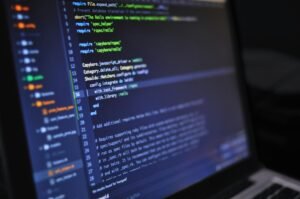The Hidden AI Titans of Python’s ML Toolkit Arena

In the rapidly evolving landscape of machine learning (ML), Python has emerged as the lingua franca, a beacon of innovation and versatility. At the heart of this revolution lie various ML toolkits, each vying for supremacy. Among these, TensorFlow and Keras, along with other noteworthy contenders, are reshaping the boundaries of what’s possible in data analytics and AI development.
TensorFlow: The Colossus of Complexity
Launched by Google Brain, TensorFlow has burgeoned into a powerhouse, revered for its scalability and flexibility. It’s the architect behind many of Google’s path-breaking applications. TensorFlow’s prowess in handling large datasets and complex neural networks is unparalleled. However, its steep learning curve often acts as a double-edged sword, attracting seasoned professionals while daunting newcomers.
Keras: The Vanguard of Versatility
On the other end of the spectrum is Keras, a high-level neural networks API, now integrated with TensorFlow. Keras, designed for human beings rather than machines, is lauded for its user-friendliness. It simplifies the journey into the world of ML, making it accessible to the masses. Keras is the bridge that democratizes deep learning, offering a gentler introduction to complex algorithms.
The Unsung Heroes
Beyond these titans, there’s a constellation of other ML tools in Python’s arsenal. Libraries like PyTorch, Scikit-Learn, and Theano each have their unique strengths. PyTorch, with its dynamic computational graph, is gaining momentum in research circles. Scikit-Learn offers a wealth of algorithms for classical machine learning, and Theano specializes in optimizing mathematical expressions, particularly in deep learning algorithms.
Comparative Analysis: A Statistical Perspective
A recent survey revealed that TensorFlow dominates with a 45% usage rate among ML professionals, followed closely by Keras at 35%. PyTorch is rapidly catching up, currently at 20%. These statistics not only illustrate the popularity of these toolkits but also hint at the diverse requirements of the ML community.
Future Trends: Predictive Insights
As ML continues to evolve, the demand for more intuitive and powerful tools will escalate. Integration of AI with cloud computing and the advent of quantum computing will further redefine the capabilities of these toolkits. The competition is not just about the toolkits themselves, but also about shaping the future of AI.


















